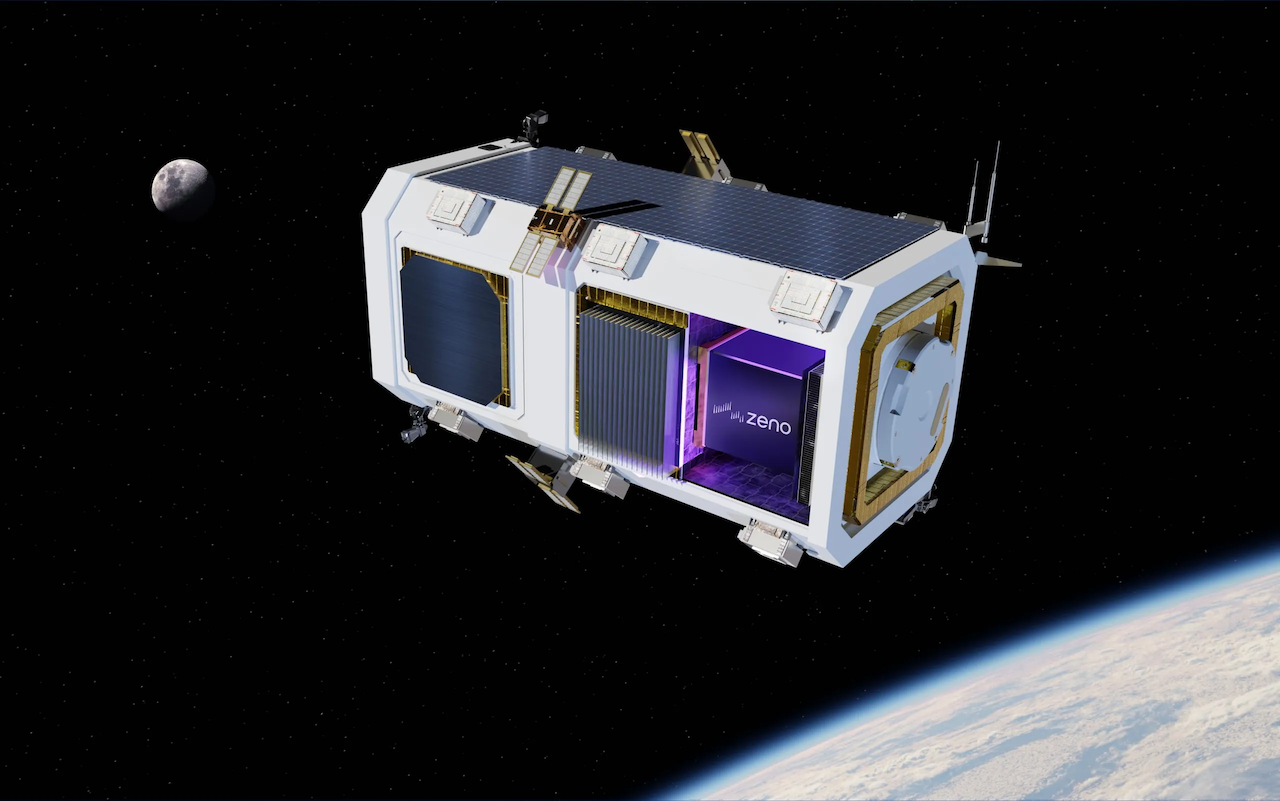As the UAE and Saudi Arabia expand their energy and space programs, attention is turning to power systems that can operate independently in extreme conditions—both on Earth and beyond.
For decades, the Middle East’s geopolitical power rested on oil. Today, that narrative is shifting—still rooted in energy, but increasingly defined by the technologies powering our most extreme frontiers. The region’s energy transition is expanding into new territory—from desert infrastructure to space-inspired technologies. Solar, wind and natural gas still lead, but the future lies in compact, autonomous systems first developed for the extremes of space.
At the heart of this shift lies a critical realization: in order to build and sustain infrastructure in extreme environments—whether remote border posts, underwater data relays, or extraterrestrial habitats—conventional power sources are often inadequate. These environments demand energy systems that are compact, autonomous, long-lasting, and maintenance-free. It’s a tall order—one that solar panels or hydrogen fuel cells alone can’t meet.
This is where the space sector enters the equation. Traditionally seen as separate from terrestrial energy concerns, space programs are now emerging as laboratories for advanced power systems with real-world potential. In particular, the UAE and Saudi Arabia—two of the Middle East’s most ambitious space players—are starting to intersect their national energy priorities with the demands of off-world exploration.
From Barakah to the Moon
The UAE has already demonstrated its commitment to clean energy with projects like the Barakah nuclear plant, now supplying approximately a quarter of the country’s electricity. Saudi Arabia is pursuing a comparable transition, with plans under Vision 2030 to source 50% of its domestic electricity from renewables and low-emission sources by the end of the decade. But both countries also recognize the limits of terrestrial renewables.
Solar panels may be abundant in the desert, but they’re ineffective during sandstorms, cloud cover, or polar lunar nights that last 14 Earth days. Backup systems for these conditions must be radically different—built for resilience and duration, not just output. That’s why a new category of energy innovation, inspired by space missions, is beginning to gain traction among forward-looking investors and governments alike.
The UAE’s Rashid rover, designed for a single lunar day, has already forced mission engineers to confront the limitations of solar power. Surviving the lunar night, with temperatures plunging below –170°C, requires energy systems that can operate without sunlight, maintenance, or external fuel—mirroring challenges found in the Empty Quarter or high-altitude border posts on Earth.
Zeno Power: A Glimpse into the Future of Energy
One of the most striking examples of this emerging field is Zeno Power, a U.S.-based startup developing radioisotope power systems (RPS) that convert the heat from decaying isotopes into electricity. Originally conceived for deep-space missions where solar energy is unavailable, these systems are now being positioned for harsh Earth-bound environments as well.
Backed by Beyond Earth Ventures—a venture capital fund specializing in frontier technologies—Zeno Power recently closed a $50 million Series B round in May 2025. Its investors see the company not just as a bet on space, but on the future of decentralized, ultra-resilient power.
Zeno’s RPS technology is based on passive decay, meaning it requires no moving parts, no combustion, and no active cooling systems. That makes it ideal for powering satellites, lunar rovers, or Arctic weather stations—any place where energy access is life-critical and maintenance is virtually impossible. The company’s work with materials like Strontium-90 and Americium-241 is also aligned with evolving U.S. defense and space policy priorities, especially in national security and disaster resilience.
The technology is already advancing beyond lab development: Zeno has secured over $60 million in contracts from U.S. Navy, NASA, and the U.S. Space Force to develop its RPS units for satellites, seabed infrastructure, and future lunar landers. Its prototype—roughly the size of a shoebox—has demonstrated the ability to provide years of uninterrupted power where solar, diesel, and batteries fall short.
As Beyond Earth Ventures noted in its investment deep-dive, Zeno is solving “a growing and underappreciated need: how to provide compact, reliable energy in places where nothing else works.”
Why This Matters for the Middle East
The implications for the MENA region are profound. As the UAE and Saudi Arabia extend their capabilities in space, from lunar missions to deep-space probes, they are also beginning to encounter the technical bottlenecks of long-duration energy provisioning. Investing in or partnering with innovative companies could provide them with dual-use technologies—supporting both their national infrastructure ambitions and their extraterrestrial aspirations.
Imagine RPS units powering remote telecom towers in the Empty Quarter, or emergency energy nodes embedded in critical logistics corridors. These applications are not yet commercially deployed, but are increasingly viable—thanks to innovation catalyzed by the space sector. In fact, Zeno’s technology could one day support off-grid desert laboratories, autonomous surveillance systems, or high-latitude research stations along regional maritime borders.
Moreover, regional leadership in energy has long been tied to supply-side control. But in the coming decades, the power to innovate—rather than the power to extract—may prove far more geopolitically valuable. In that sense, energy innovation is the real space race: one that will shape not just what we can do in space, but how we survive and thrive in the most unforgiving parts of Earth.




